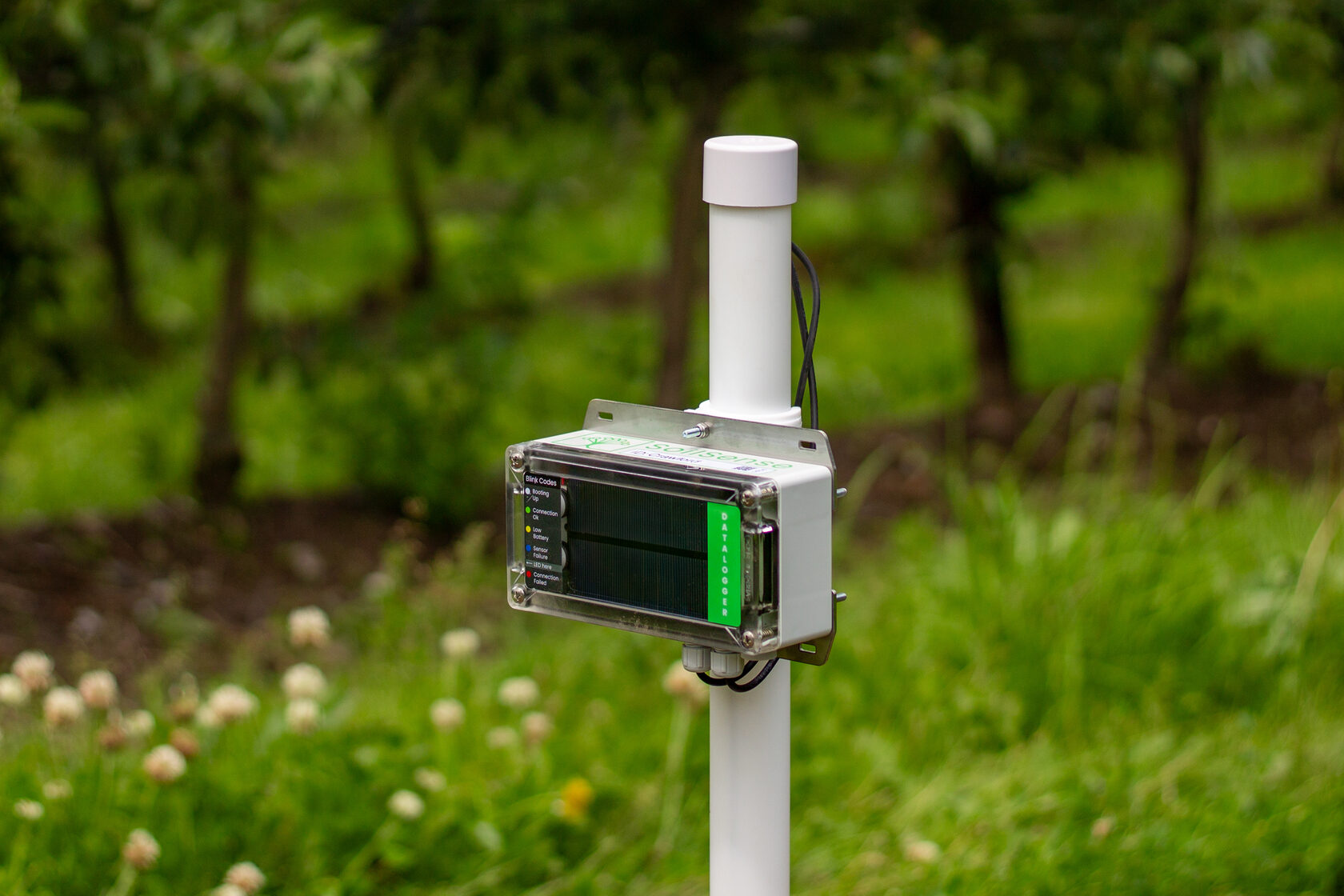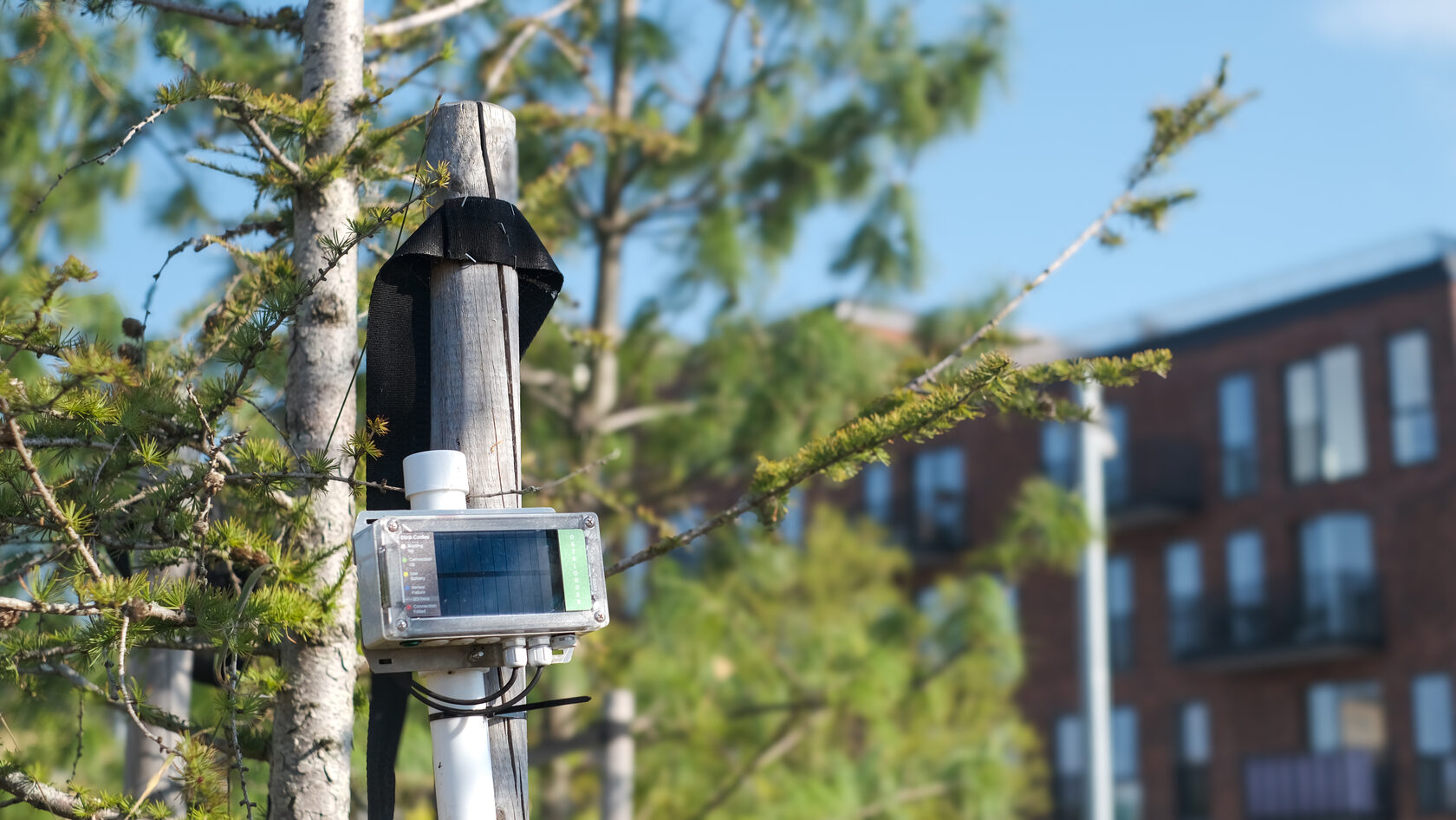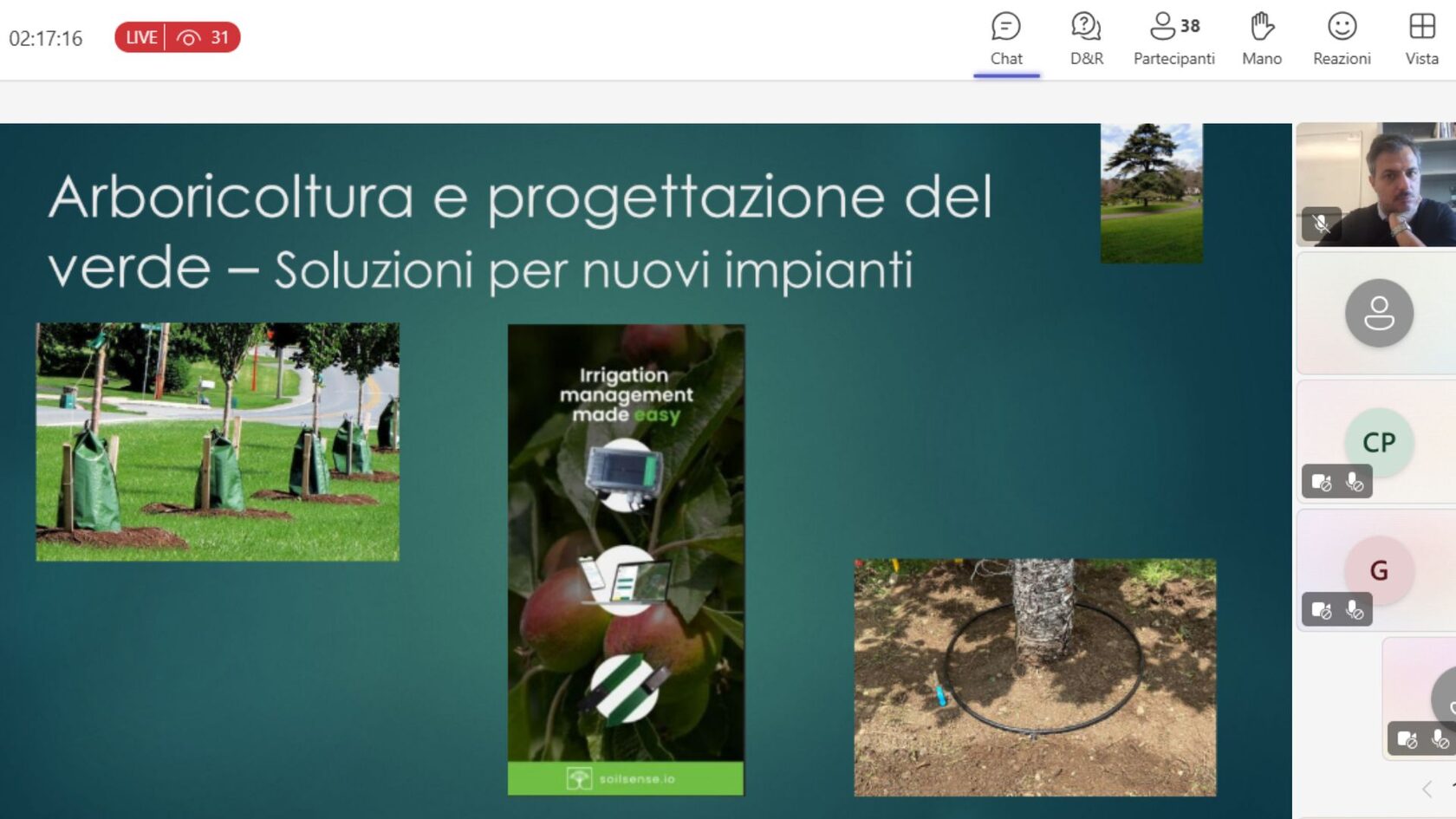During a recent webinar, we had the opportunity to hear from experienced agronomists specializing in urban greenery.
In this blog post we share insights from one of the contributors, agronomist Simone Fiorentino, who delivered a detailed analysis of how the current climate crisis is impacting both natural and urban ecosystems.
Fiorentino shared practical strategies to protect green urban spaces and agricultural systems, offering valuable insights into best practices for irrigation and water management.
In this blog post we share insights from one of the contributors, agronomist Simone Fiorentino, who delivered a detailed analysis of how the current climate crisis is impacting both natural and urban ecosystems.
Fiorentino shared practical strategies to protect green urban spaces and agricultural systems, offering valuable insights into best practices for irrigation and water management.
The Impact of Rising Temperatures
“In recent decades, we have witnessed a rise in global average temperatures, which has caused significant problems for our lives, our health, and, most importantly, our daily activities,” Fiorentino began.
The effects of these rising temperatures are compounded by erratic weather patterns, particularly in regions like the Italian peninsula. “Changes in precipitation patterns have become notable, with sudden floods and unusual rainfall that are neither normal nor typical for our peninsula. This leads to water excess in some areas and water deficiency in others, which often results in the death of trees, even older ones,” he explained.
The agronomist pointed to Rome as an example, noting the troubling changes occurring in local ecosystems. “Recently, as I observe in Rome, many oak forests are drying up within a few years due to anomalous rainfall patterns and extended droughts,” he said.
Alarmingly, the effects of tree stress often take years to become visible, making proactive monitoring essential.
Effects on Agriculture
Fiorentino highlighted how climate change disrupts agricultural practices, creating new challenges for farmers.
“Climate change also disrupts planting and harvesting periods in agriculture. Extreme weather events, such as heavy rain, windstorms, and strong heat waves, have become increasingly common,” he noted. These disruptions lead to increased costs and strain on resources, particularly for irrigation.
Impacts on Urban Areas
In urban areas, Fiorentino explained that trees face unique challenges due to human activity and urban heat.
“Urban heat islands occur in areas without trees, where soil and building temperatures are significantly higher,” he said. “Trees help reduce the effect of urban heat islands and mitigate atmospheric pollution by absorbing harmful particles.”
However, urban trees are increasingly vulnerable to extreme weather. “During droughts, soil quality is impacted, leading to erosion and reduced water retention capacity,” he added. Poor irrigation practices often result in premature tree mortality, squandering resources and depriving communities of long-term benefits.
Ensuring proper irrigation management and organic matter enrichment is crucial for healthy tree growth and survival.
“Urban heat islands occur in areas without trees, where soil and building temperatures are significantly higher,” he said. “Trees help reduce the effect of urban heat islands and mitigate atmospheric pollution by absorbing harmful particles.”
However, urban trees are increasingly vulnerable to extreme weather. “During droughts, soil quality is impacted, leading to erosion and reduced water retention capacity,” he added. Poor irrigation practices often result in premature tree mortality, squandering resources and depriving communities of long-term benefits.
Ensuring proper irrigation management and organic matter enrichment is crucial for healthy tree growth and survival.
The Agronomist’s Recommendations
To address these challenges, Fiorentino offered practical, actionable strategies for both agriculture and urban areas:
For Agriculture
- Advanced Sensor Technologies: “Supporting agriculture with advanced sensor technologies, such as SoilSense, can help monitor soil moisture and plant water needs.”
- Climate-Resistant Crops: “Using climate-resistant crops, crop rotation, and diversification can improve resilience.”
- Agroecology Practices: “Mixing productive crops with non-productive plants helps conserve soil and enhance biodiversity.”
- Water Resource Management: “Conserving soil and managing water resources sustainably through modern irrigation systems and monitoring tools is essential.”

For Urban Areas
- Healthy Tree Planting: “When planting new trees, it is essential to ensure proper soil conditions, including decompaction, organic matter addition, and biostimulants to enhance root growth.”
- Proactive Planning: “Trees must be healthy at planting to avoid structural issues later. Unfortunately, poor planting practices often lead to tree mortality, which wastes resources and prevents communities from receiving long-term benefits.”
- Technology to Avoid Tree Stress: “Tree stress doesn’t immediately appear but reveals itself years later. This is why using technologies such as soil moisture sensors is crucial for managing resources effectively and detecting stress before it occurs.”

A Shared Responsibility
Fiorentino’s insights underline the importance of both immediate action and long-term planning.
“Green urban spaces are not just an aesthetic feature—they are vital for ensuring environmental sustainability, enhancing biodiversity, and improving the quality of life for communities,” Fiorentino concluded.
By implementing these best practices, municipalities, farmers, and urban planners can work together to create resilient ecosystems that benefit both people and the planet.
Ready to Optimize Your Irrigation?
If you want to optimize your irrigation management, SoilSense is here to help. Contact us at contact@soilsense.io to learn more about our solutions.
